Osho responds to questions on everything from a child’s right to privacy to the purpose of Life. but as he answers each question. he keeps nudging the reader back to the essential point of Zen: living here and now with total awareness.
Questioners concerns are always addressed, but at the same time Osho skillfully shows us how these very preoccupations can keep us from simply being ourselves. When it comes to responding to academic or pseudo-spiritual questions, heads are hit far harder, and such inquiries dismissed as games of the ego, ‘holy cow dung!
Between the lines Osho offers a constant invitation to Live Life to the full, to take its challenges head-on with a sense of humor which he himself demonstrates with superb style throughout this book.
Osho is one of the most provocative mystics of our time and continues to inspire millions of people worldwide in their individual search for meditation and transformation amidst the everyday challenge of contemporary life.
His proposal that we celebrate the whole of our humanity both our inner and outer world encompasses both the timeless wisdom of the east and the highest potential of western science and technology.
ABOUT THE AUTHOR Osho .
Osho was born in Kuchwada, Madhya Pradesh, on 11 December 1931. Rebellious and independent from childhood, he insisted on experiencing the truth for himself rather than acquiring knowledge and beliefs given by others. He attained 'enlightenment' at 21 and went on to complete his academic studies. He spent several years teaching philosophy at the University of Jabalpur. Meanwhile, he travelled throughout India delivering talks and meeting people from all walks of life. By the 1960s, Osho had begun to develop his unique dynamic meditation techniques. He felt that modern man is so burdened with the archaic traditions of the past as well as the anxieties of modern-day living that he must go through a deep cleansing process before he can hope to discover the thought-less, relaxed state of meditation. In the early 1970s, the West first began to hear of Osho. By 1974, a commune had been established around him in Pune, and the trickle of visitors from the West soon became a flood. Osho spoke of every aspect of life and on the development of human consciousness. Based on his own existential experience rather than on intellectual understanding, he distilled the essence of what is significant to the spiritual quest of contemporary man. Osho left his body on 19 January 1990. His commune in India continues to attract thousands of international visitors who come to participate in its meditation, therapy and creative programmes or to simply experience being in a 'Buddhafield'. Osho's talks have been published in more than 600 volumes and translated into over thirty languages.

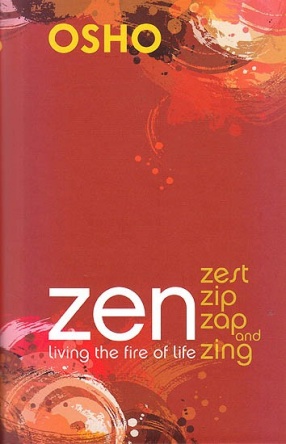
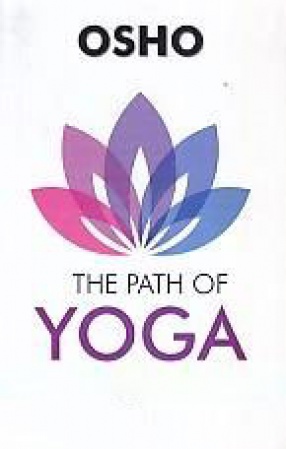
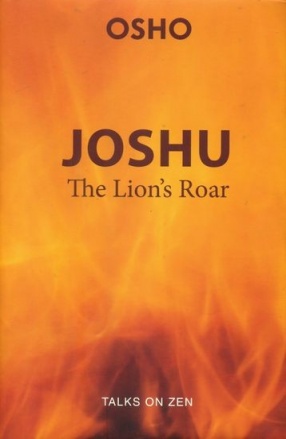
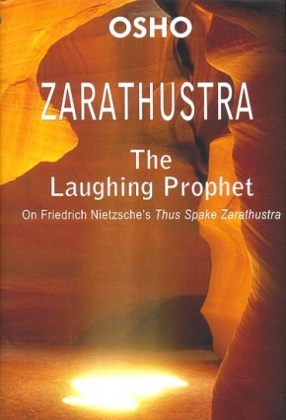
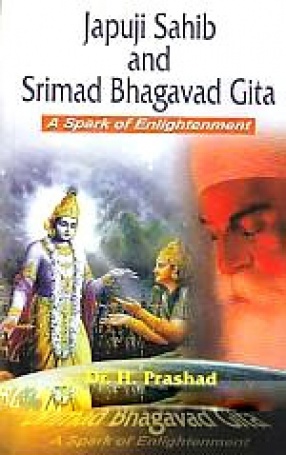
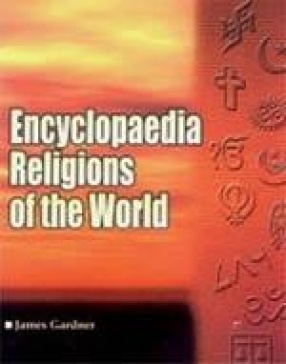
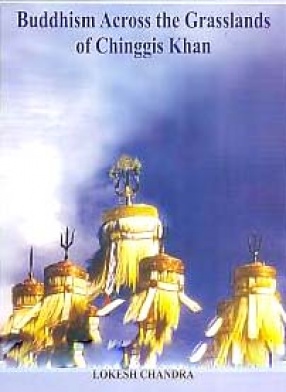
There are no reviews yet.